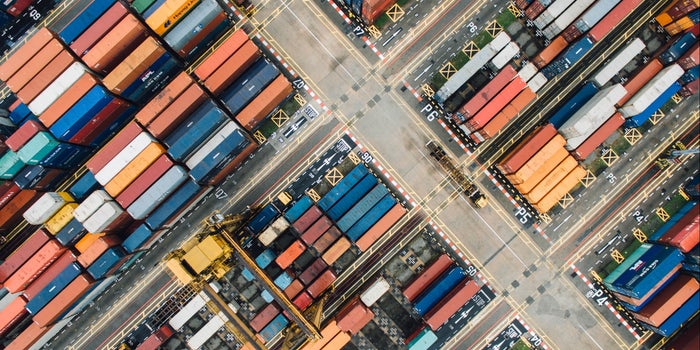Connecting the Dots in Your Supply Chain – Logistics Excellence at Its Best
In today’s globalized and interconnected world, supply chain management has become a critical component of business success. Efficient logistics, which involves the movement of goods, information, and finances across the supply chain, plays a pivotal role in ensuring that products reach consumers in a timely and cost-effective manner. Achieving logistics excellence is not just a competitive advantage it is a necessity for businesses aiming to thrive in the modern marketplace.

The Backbone of Logistics Excellence
At the heart of logistics excellence is a well-orchestrated supply chain. It is like a finely tuned symphony where every instrument, or component, must play in harmony to create a masterpiece. In the world of supply chain, these components include procurement, production, transportation, warehousing, and distribution. Each component represents a dot that must be meticulously connected for logistics excellence to be achieved.
Visibility and Transparency
One of the first steps in connecting the dots of your supply chain is gaining visibility and transparency. In a complex network of suppliers, manufacturers, and distributors, knowing where your products are at any given moment and understanding the flow of goods is crucial. This visibility is made possible through advanced technologies such as RFID Radio-Frequency Identification, GPS tracking, and real-time data analytics. By having a clear view of your supply chain, you can proactively identify bottlenecks, delays, and inefficiencies. This insight empowers you to make informed decisions, optimize routes, and allocate resources effectively, ultimately reducing costs and improving customer satisfaction and go here now https://logisticsbid.com/.
Efficient Transportation
Transportation is a fundamental dot in the logistics equation. It is not just about moving goods from point A to point B it is about doing it efficiently. Achieving this efficiency involves selecting the right mode of transportation e.g., truck, ship, or air, optimizing routes, and minimizing empty miles. In addition, embracing sustainable practices in transportation not only reduces your environmental footprint but can also lead to cost savings in the long run. Furthermore, leveraging emerging technologies like autonomous vehicles and drones can revolutionize transportation, making it faster and more precise. These innovations are no longer science fiction but are gradually becoming part of the logistics landscape, promising even greater connectivity and efficiency.
Warehousing and Inventory Management
Warehousing is another essential dot in your supply chain. Properly managed warehouses ensure that products are stored, handled, and distributed efficiently. Automated warehousing systems, powered by robotics and artificial intelligence, can significantly enhance the speed and accuracy of order fulfillment. Additionally, effective inventory management is crucial for logistics excellence. Balancing supply and demand while minimizing excess stock can be a complex task. However, with the help of predictive analytics and demand forecasting tools, businesses can optimize their inventory levels, reduce carrying costs, and improve order fulfillment rates.
Collaboration and Communication
Connecting the dots in your supply chain also requires seamless collaboration and communication among all stakeholders. This includes suppliers, manufacturers, logistics providers, and customers. The digital era has provided us with a plethora of communication tools and platforms that enable real-time information sharing, fostering collaboration and improving decision-making. Effective collaboration not only prevents information silos but also enables rapid response to disruptions. For instance, if a supplier faces production delays, early communication can trigger alternative sourcing or production adjustments to mitigate the impact on the supply chain.

